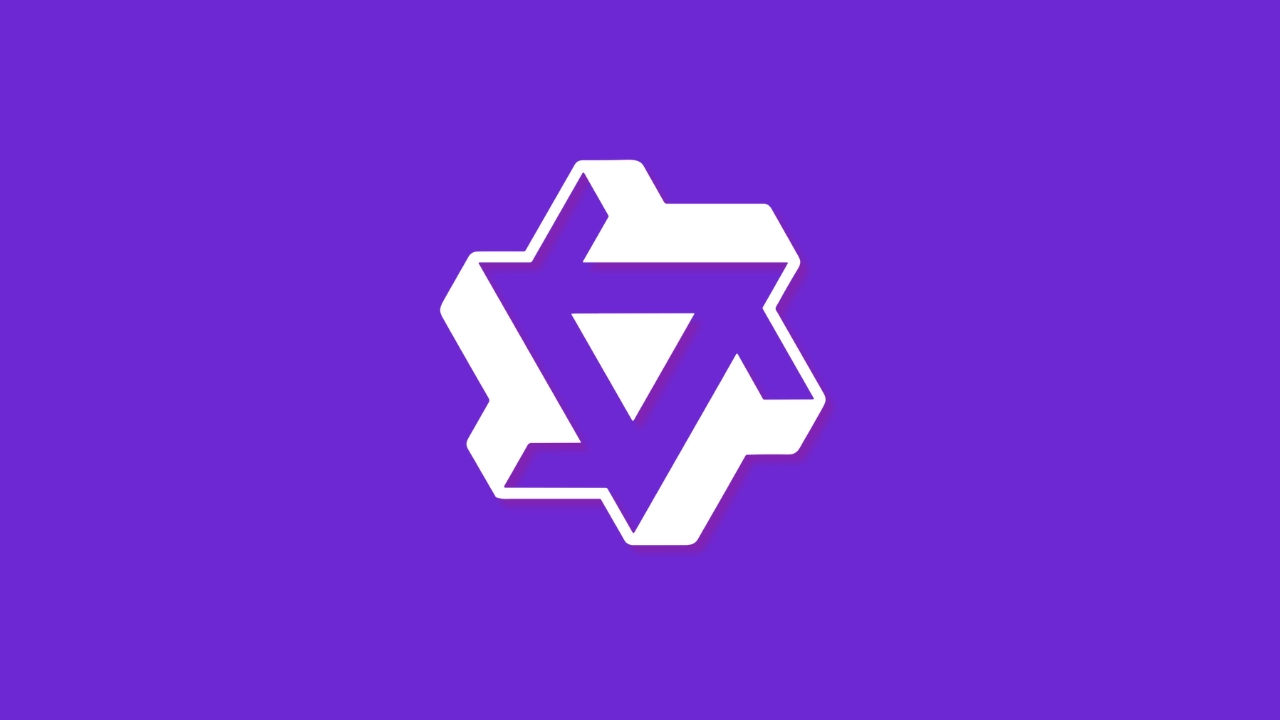
Qwen3-Max: The Benchmark-Dominating AI Model That's Rewriting the Rules
Alibaba's trillion-parameter Qwen3-Max is crushing coding benchmarks and reshaping the AI landscape, but is it all smoke and mirrors?
Alibaba’s Qwen3-Max just dropped with the subtlety of a sledgehammer, over 1 trillion parameters, 36 trillion training tokens, and benchmark scores that are making established players sweat. This isn’t just another AI model release, it’s a statement about where Chinese AI technology stands in the global pecking order.
The Numbers That Matter
Let’s cut through the marketing speak. Qwen3-Max-Instruct ranks consistently in the global top three on the LMArena text leaderboard, actually surpassing GPT-5-Chat. That’s not incremental improvement, that’s leapfrogging.

Key Benchmark Results
| Benchmark | Qwen3-Max-Instruct Score | Industry Position |
|---|---|---|
| SWE-Bench Verified | 69.6 | World-class level |
| Tau2-Bench | 74.8 | Surpasses Claude Opus 4 and DeepSeek-V3.1 |
| SuperGPQA | 81.4 | Leading performance |
| LiveCodeBench | Excellent | Strong real programming challenge solving |
| AIME25 | High score | Outstanding mathematical reasoning |
The real story emerges in the coding benchmarks. On SWE-Bench Verified, which focuses on solving real-world programming challenges from GitHub repositories, Qwen3-Max-Instruct achieves an impressive 69.6% score. For context, that’s world-class territory. Meanwhile, Tau2-Bench sees it hitting 74.8%, outperforming Claude Opus 4 and DeepSeek-V3.1 in agent tool-calling capabilities.
What’s particularly telling is that these results come from a “non-thinking” model. The thinking version, Qwen3-Max-Thinking, is still in training but reportedly achieves 100% accuracy on AIME25 and HMMT mathematical reasoning benchmarks. When that drops, the competitive landscape could shift dramatically.
The Architecture Behind the Hype
Qwen3-Max uses a sophisticated MoE (Mixture of Experts) architecture that activates only part of its parameters for each request, providing high performance with efficient inference. The model supports up to 1 million tokens of context length, enabling it to process entire code repositories or lengthy technical documents in a single session.
The training efficiency improvements are substantial too, 30% MFU improvement compared to Qwen2.5-Max-Base, demonstrating that Alibaba isn’t just throwing compute at the problem. They’re optimizing the process.
The Elephant in the Room: Hallucination Concerns
Developer forums reveal a more nuanced picture. While benchmark numbers are impressive, some users report that Qwen3-Max “hallucinates A LOT” during actual conversations. As one developer noted, “If you’re just talking to it, it says something totally nonsensible nearly every message.”
This highlights the classic benchmark vs. reality gap. The model excels at structured tasks like coding and math but struggles with general knowledge consistency. Alibaba attributes this to potential synthetic data training, which might explain both the strong performance on specific benchmarks and the hallucination issues in free-form conversation.
Market Implications: More Than Just Numbers
The timing of Qwen3-Max’s release coincides with Alibaba’s announcement of a $50 billion investment in AI development over the next three years. This isn’t just about technical prowess, it’s about market positioning.
The model ecosystem approach is strategic. Alongside Qwen3-Max, Alibaba released eight related models including Qwen3-VL-235B-A22B for vision tasks and the Qwen3Guard series for safety moderation. This creates a comprehensive offering that competes directly with OpenAI’s and Google’s ecosystems.
Pricing is competitive too, starting at $1.20 per million input tokens through OpenRouter, undercutting many premium alternatives while delivering comparable (or better) performance on key metrics.
The Open Source Question
Here’s where things get controversial. Qwen3-Max is closed source, unlike DeepSeek’s open-weight approach. This creates tension within developer communities that value transparency and local deployment capabilities.
The debate reflects a broader industry split: commercial viability versus open collaboration. Alibaba seems to be betting that performance will trump ideology for enterprise customers. Early adoption through platforms like Amazon Bedrock suggests this strategy might be working.
What This Means for Developers
For practical applications, Qwen3-Max represents a significant leap in coding assistance and agentic workflows. The model’s strong performance on LiveCodeBench and SWE-Bench suggests it could meaningfully accelerate software development cycles.
Integration is straightforward thanks to OpenAI-compatible APIs, making migration from other providers relatively painless. The availability through multiple channels, Alibaba Cloud, OpenRouter, Amazon Bedrock, means developers have flexibility in how they access the technology.
However, the hallucination concerns shouldn’t be dismissed. For production applications requiring reliable factual accuracy, thorough testing is essential. The model’s strengths clearly lie in structured problem-solving rather than general knowledge tasks.
The Road Ahead
The impending release of Qwen3-Max-Thinking could further disrupt the market. If the preview results hold true (100% on AIME25, 85.4 on GPQA), we’re looking at reasoning capabilities that could challenge even the most advanced models currently available.
Alibaba’s aggressive release schedule, multiple models per week, suggests they’re not resting on their laurels. This pace of innovation puts pressure on Western AI labs to match both the speed and the performance.
Qwen3-Max represents a watershed moment for Chinese AI technology. It’s not just competitive, it’s leading in several key areas. The benchmark dominance is real, but so are the practical limitations around hallucination and general knowledge reliability.
For enterprises focused on coding, mathematical reasoning, and agentic workflows, Qwen3-Max offers compelling value. For those needing broad general intelligence, the trade-offs require careful consideration.
One thing is clear: the era of Western AI dominance is over. The playing field has leveled, and the competition just got a lot more interesting.



